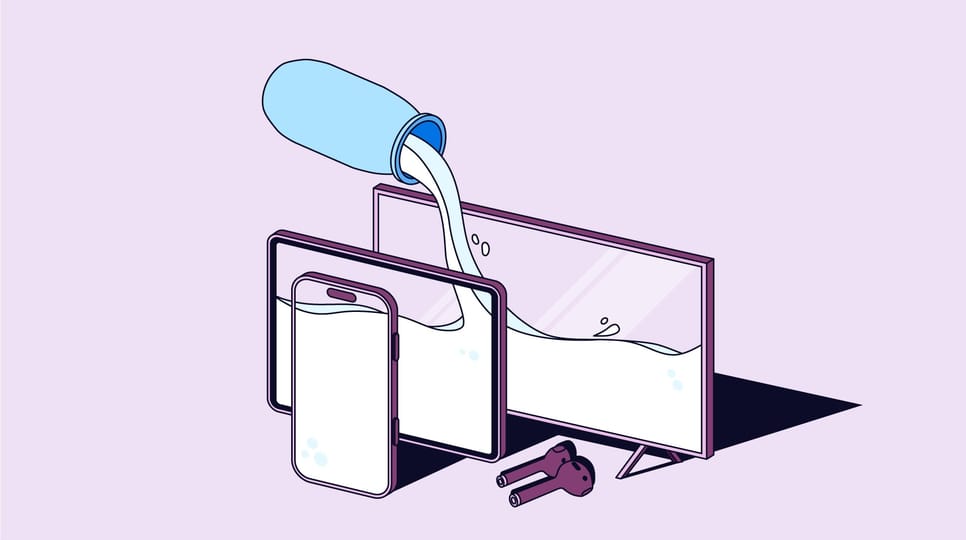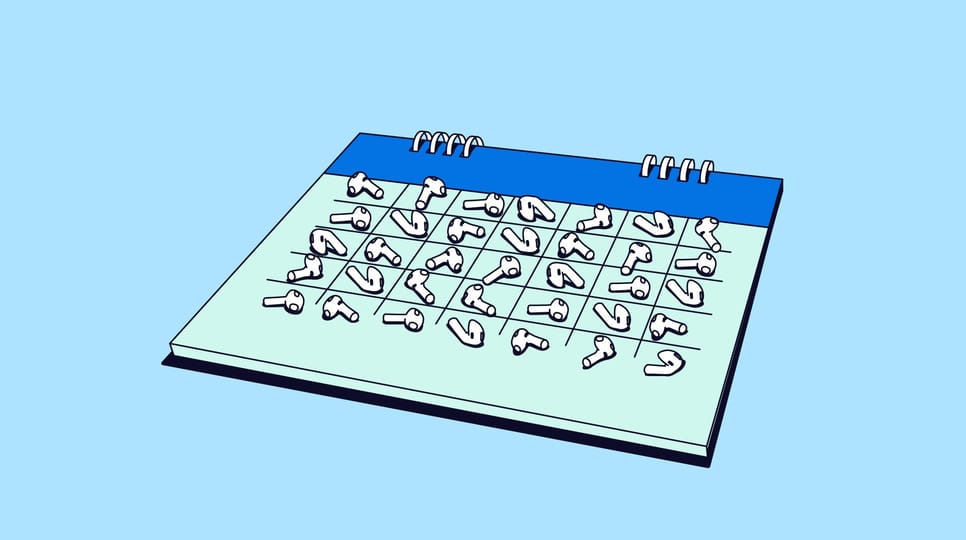Insights Omnichannel
What the data — and Danone’s success — tell us about driving omnichannel results

Recruiting fraud is a growing issue for many companies.
The Trade Desk takes this issue seriously and is taking steps to address it.
Product
Industry
Retail and e-commerce
Channel
Share:
HOW CAN YOU APPEAL TO NEW SHOPPERS WITHOUT ALIENATING YOUR LOYAL FAN BASE?
That’s the challenge Clarins faced when it introduced its Extra-Firming Energy Day Cream, a new anti-aging skin care product aimed at career-minded women aged 35 to 44.
Working with their ad agency, Spark Foundry, and The Trade Desk, Clarins launched a sophisticated omnichannel campaign that raised brand awareness in its key demographic by 7.5 per cent, as well as led to an exponential rise in sales of its new product in the first week alone. Overall, 8 per cent of U.K. women prompted to visit the Clarins’ website (after seeing or hearing an ad) purchased the product. Here’s how they did it.
DEFINING THE PARAMETERS OF THE CAMPAIGN
Clarins’ target audience is tech-savvy career women. They want to look after their skin, but often lack the time to commit to a full anti-aging regimen. They are busy, active, and have rich social lives – online and in person. So, to truly raise awareness among new and existing customers within this target audience, the campaign had to spread its reach across multiple channels.
HOW DID THE CAMPAIGN ROLL OUT?
The Trade Desk supported Spark as it pursued the classic strategy of pitch, play, and plunge.
First, the pitch. The Trade Desk helped the Spark team drive awareness by deploying multiple ads across a range of media. This included display ads on PC and mobile, TV ads on connected TVs, audio ads on music streaming platforms, and digital billboards outside heavy foot-traffic areas like London’s High Street.
With The Trade Desk’s cross-channel and cross-device retargeting capabilities, shoppers who passed by a digital billboard, for example, might see a video ad on their mobile device a day later. Or someone who listened to all or part of an audio ad might see a display ad on their favorite news site later that day.
Spark then encouraged shoppers to engage with Clarins’ digital channels (“play”), before they converted an impressive 8 per cent of shoppers to customers (“plunge”).
WHAT WAS THE KEY TO THE CAMPAIGN’S SUCCESS?
The Trade Desk’s artificial intelligence engine, Koa™, enabled Spark to make crucial adjustments to the campaign on the fly and get more out of Clarins’ advertising budget.
For example, they were able to increase the frequency cap and bid amounts to improve programmatic ad delivery. And since they could measure performance in real time, they could pause ads on channels outside of The Trade Desk that were underperforming – then reallocate budgets to better performers.
Audio player event retargeting was especially effective in boosting consideration. It produced the second-highest number of site lands and the lowest cost per click. Overall, audio ads generated more than 6.5 million impressions and more than 2,100 clicks.
Spark was also able to optimize Clarins’ digital out-of-home (DOOH) advertising campaign to only show ads when shoppers within view of the screen matched the target demographic. Then, using a conversion pixel, the agency could identify consumers who’d been exposed to a digital billboard ad and later visited Clarins’ site. With the help of The Trade Desk, Clarins and their agency learned that DOOH drove 12 per cent of site visits and 14 per cent of conversions.
Insights Omnichannel

Insights Omnichannel

Insights Publishers
